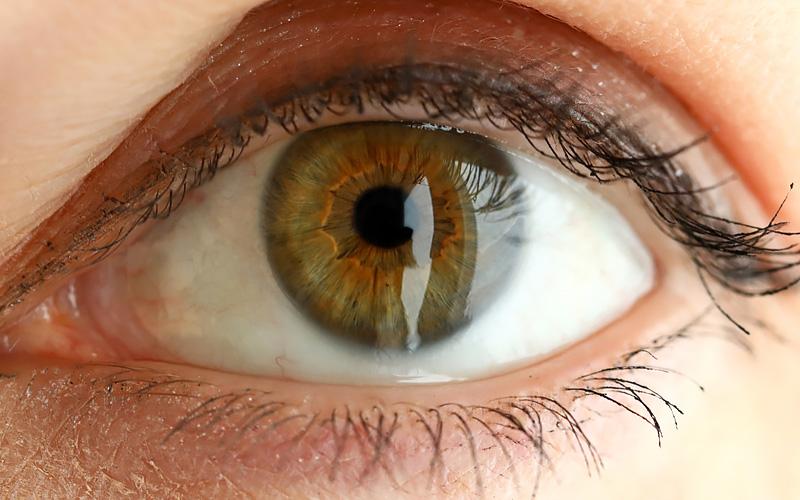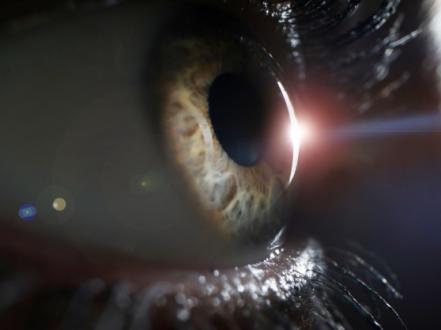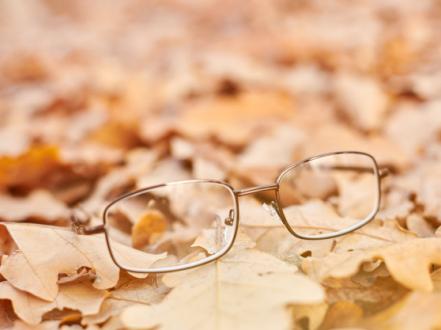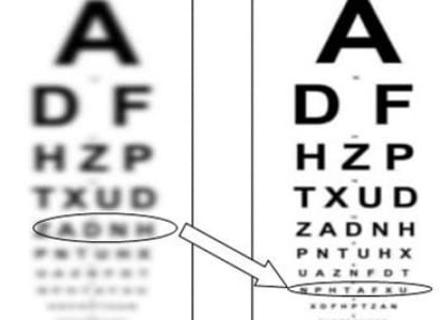Amblyopia is a disorder of the binocular system of the visual apparatus without structural changes in the ocular fundus. With this dysfunction, there is a decrease in visual acuity due to the unequal work of both eyes – one of them is completely or partially not involved in the vision process.
Amblyopic eye is also called a lazy eye. In people with a lazy eye, the brain receives two different pictures, which causes dissonance in merging them and getting one picture from both eyes. As a consequence, the brain begins to ignore the low-quality image, and the lazy eye stops developing as a visual organ. Binocular vision is impaired, meaning that the person has difficulty seeing a three-dimensional picture, to correctly assess the depth and distance to objects.
The main causes of a lazy eye:
- Heredity.
- Anisometropia – when the difference in visual acuity of the two eyes exceeds 3 diopters. An eye with a lower visual acuity becomes lazy.
- Strabismus. In this case, the squinting eye becomes the lazy one.
- Refractive error (high degree of astigmatism, myopia, or hyperopia).
- Impaired passage of light into the eye – ptosis of the upper eyelid, cataract, paralysis, or paresis of the oculomotor muscles.
- Hysterical amblyopia occurs as a result of severe stress. It is completely reversible.
Amblyopia in its early stages is asymptomatic, especially if it occurs in one eye. Symptoms of amblyopia may include:
- Frequent headaches;
- Rapid eye fatigue;
- Problems with orientation in space;
- Problems with coordination;
- Looking at objects with turning and tilting the head;
- Poor eye adaptation to different lighting.
Top 5 myths about amblyopia
- Amblyopia is treated only in childhood.
It was previously thought that amblyopia could be cured only up to the age of eight. But, after the discovery of neuroplasticity of the brain in adults, this time frame has been erased. Today, there are thousands of confirmed cases of improvement in the visual acuity of a lazy eye in adults. Therefore, amblyopia treatment may be started at any age. - Amblyopia treatment is complete if the lazy eye sees 20/20.
This is not the case. Achieving 20/20 visual acuity does not indicate that the brain is synchronizing images from both eyes. The goal of amblyopia treatment is not only to increase the visual acuity of the lazy eye, but also to develop a sense of depth, distance, and create a 3-D picture of the world around a person. The image from the lazy eye must be properly perceived, transmitted, and processed. And this is sometimes difficult to achieve only by increasing visual acuity. - The best method of amblyopia treatment is patching.
For the development of high-quality binocular vision, one treatment method is often not enough. With the help of patching, you can effectively improve the visual acuity of a lazy eye, but only a complex of treatment measures will help to develop a sense of depth and spatial orientation. - Bangs can cause amblyopia.
To develop a lazy eye, bangs must cover the eye 24/7, keeping light out of the eye. As a rule, long bangs begin to be worn at an age when the binocular system is already well-developed, so it will be uncomfortable for a person to look at the world with one permanently covered eye. - A lazy eye can be diagnosed during a school examination.
This is another myth. Amblyopia is diagnosed using a set of diagnostic methods, and only an ophthalmologist can make this diagnosis and prescribe treatment. On a school checkup, they can only reveal a decrease in visual acuity in one or both eyes and refer for a detailed examination to establish the exact diagnosis and cause of the decrease in vision.






